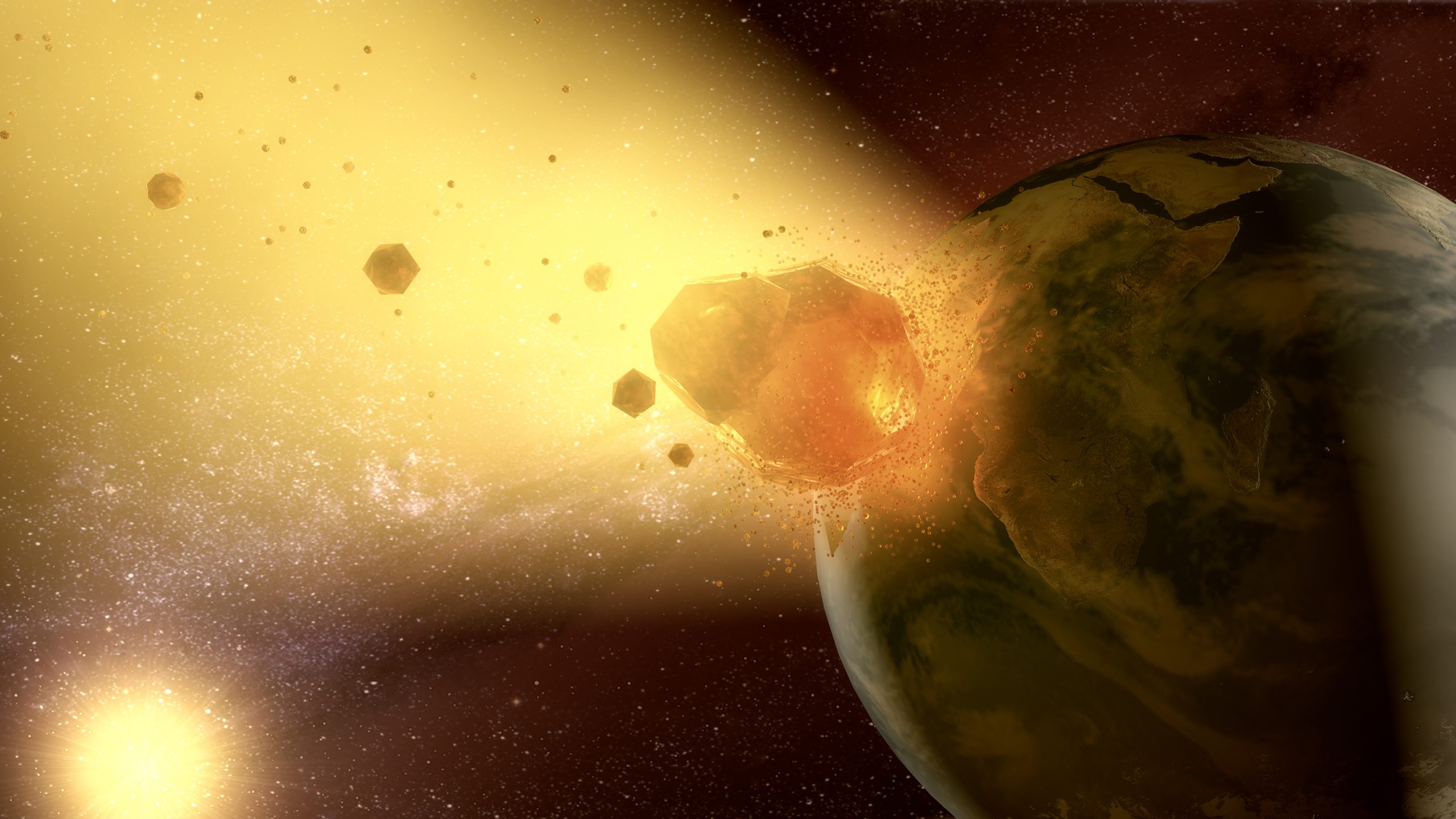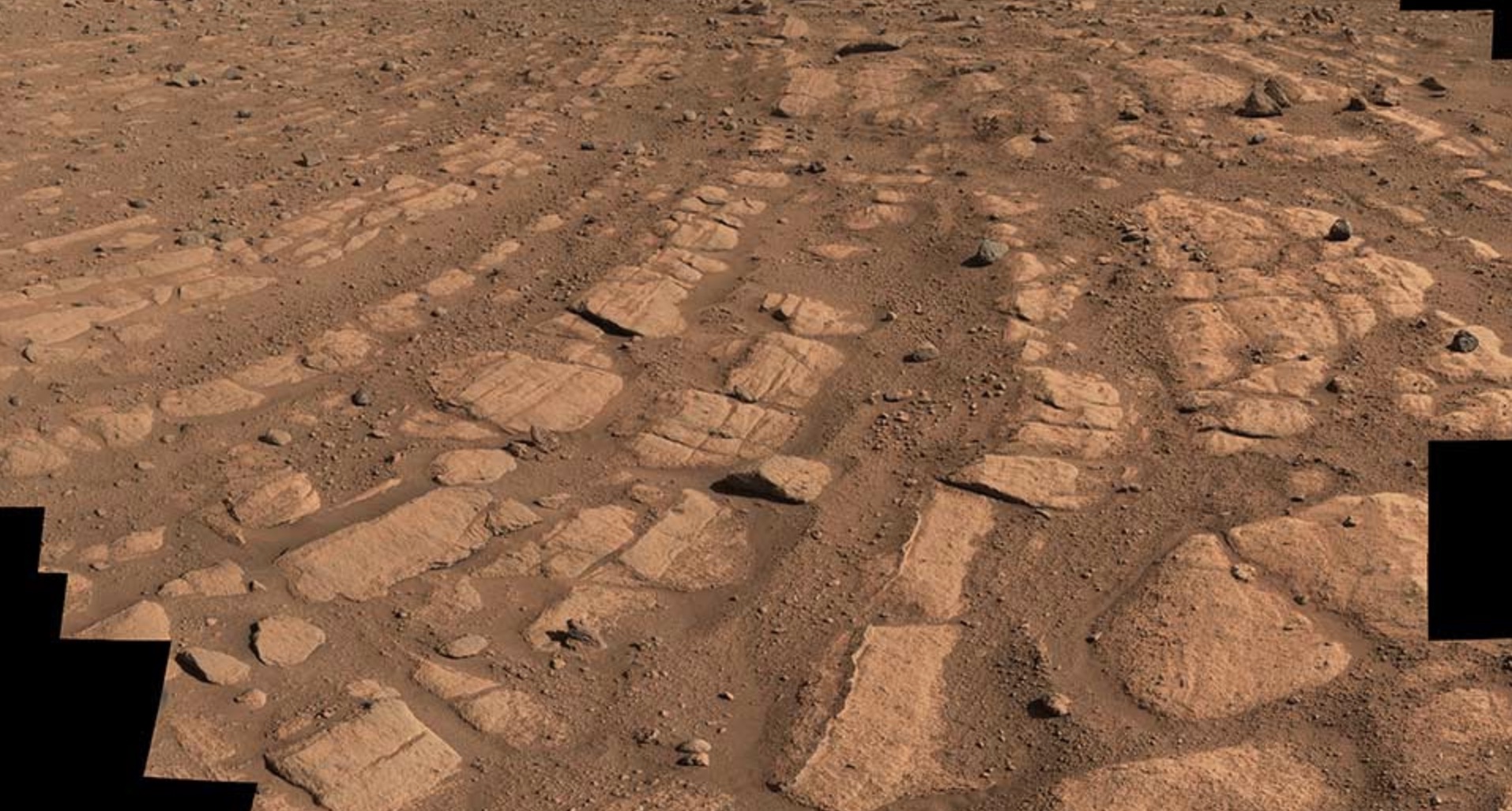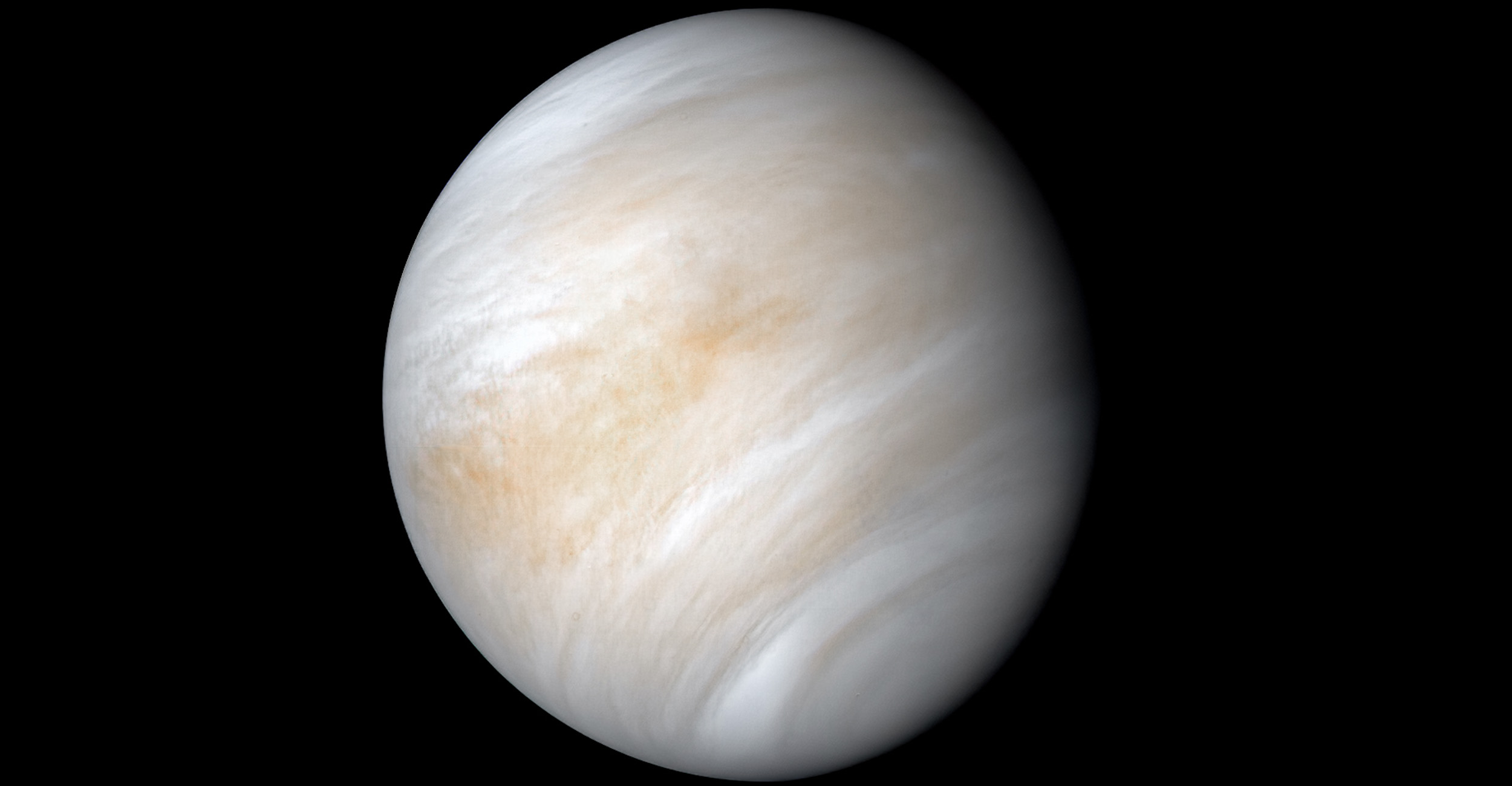While thousands of asteroids pass harmlessly through space, a select few have orbits that bring them dangerously close to Earth. These objects, classified as potentially hazardous asteroids (PHAs), are actively monitored by NASA, ESA, and other space agencies. Though the probability of impact remains low for most of them, even a small chance is enough to warrant continuous tracking. Here are the five most dangerous asteroids that could collide with Earth and are currently being monitored.
1. 2024 YR4
- Potential Impact Date: December 22, 2032
- Estimated Size: 40–90 meters
- Impact Probability: 1 in 43 (2.3%)
- Energy Release Upon Impact: Equivalent to 8 megatons of TNT
Discovered in late 2024, 2024 YR4 is currently the most concerning asteroid on record due to its high impact probability. The latest NASA observations indicate a 2.3% chance of collision in 2032—which translates to 1 in 43 odds.
If 2024 YR4 were to strike Earth, it could cause severe regional devastation, releasing an explosion about 500 times stronger than the Hiroshima bomb. The potential impact zone, known as the “risk corridor,” stretches across the Pacific Ocean, South America, the Atlantic, Africa, and parts of Asia.
Although further tracking will likely lower the impact probability, 2024 YR4 is a top priority for planetary defense experts.
2. Bennu
- Potential Impact Date: September 24, 2182
- Estimated Size: 490 meters
- Impact Probability: 1 in 2,700 (0.037%)
- Energy Release Upon Impact: Equivalent to 1.4 billion tons of TNT
Bennu is one of the most well-studied potentially hazardous asteroids, thanks to NASA’s OSIRIS-REx mission, which returned samples in 2023.
Although the impact probability is low, a collision would be catastrophic—releasing enough energy to cause continent-wide destruction and severe climate disruptions. NASA scientists continue to monitor Bennu to determine if future deflection strategies will be necessary.
3. 1950 DA
- Potential Impact Date: March 16, 2880
- Estimated Size: 1,300 meters
- Impact Probability: 1 in 34,500 (0.0029%)
- Energy Release Upon Impact: Equivalent to 75 billion tons of TNT
1950 DA is a massive asteroid that, despite its low impact probability, remains a serious long-term threat. If it were to hit Earth, it would cause global devastation—triggering tsunamis, firestorms, and potentially a planet-wide climate crisis.
Although the impact risk is expected to decrease with further observations, planetary defense programs continue to monitor this colossal object.
4. 2023 VD3
- Potential Impact Date: November 8, 2034
- Estimated Size: 11–24 meters
- Impact Probability: 1 in 387 (0.26%)
- Energy Release Upon Impact: Comparable to the Chelyabinsk meteor event
Although 2023 VD3 is much smaller than the other asteroids on this list, its relatively high impact probability makes it a major concern. With a 1 in 387 chance of impact in 2034, it has one of the highest statistical risks currently known.
While it wouldn’t cause a global disaster, an asteroid of this size could explode in the atmosphere, producing a shockwave strong enough to damage buildings and injure thousands—similar to the Chelyabinsk event in 2013, where a 20-meter asteroid caused widespread damage.
Further observations will determine whether 2023 VD3 will safely pass Earth or require further attention.
5. 1979 XB
- Potential Impact Date: December 14, 2113
- Estimated Size: 400–900 meters
- Impact Probability: 1 in 1.8 million (0.000055%)
- Energy Release Upon Impact: Equivalent to 30 billion tons of TNT
First observed in 1979, 1979 XB is one of the largest asteroids on the risk list. Because of its size, a collision with Earth would have severe global consequences, similar to the asteroid that wiped out the dinosaurs.
However, 1979 XB is classified as a lost asteroid, meaning its exact orbit is uncertain. Scientists are working to relocate it and refine its trajectory to confirm whether it poses a real long-term risk.
Can We Stop an Asteroid Impact?
While none of these asteroids pose an imminent danger, scientists are working on planetary defense strategies to ensure Earth’s safety.
- NASA’s DART Mission – Successfully altered an asteroid’s trajectory in 2022, proving that impact deflection is possible.
- Upcoming Space Missions – Future missions will explore gravity tractors, nuclear deflection, and other techniques to steer dangerous asteroids away from Earth.
- Advanced Tracking Systems – Telescopes like ATLAS, Pan-STARRS, and the Vera C. Rubin Observatory are improving our ability to detect threats decades in advance.
The likelihood of a catastrophic asteroid impact remains low, but continuous tracking is critical for ensuring early detection and possible deflection efforts.
Among all the asteroids being monitored, 2024 YR4 is the most immediate concern due to its relatively high impact probability in 2032. While ongoing observations will likely refine its trajectory, planetary defense experts are paying close attention—ensuring that if an asteroid ever truly threatens Earth, we’ll be ready.











